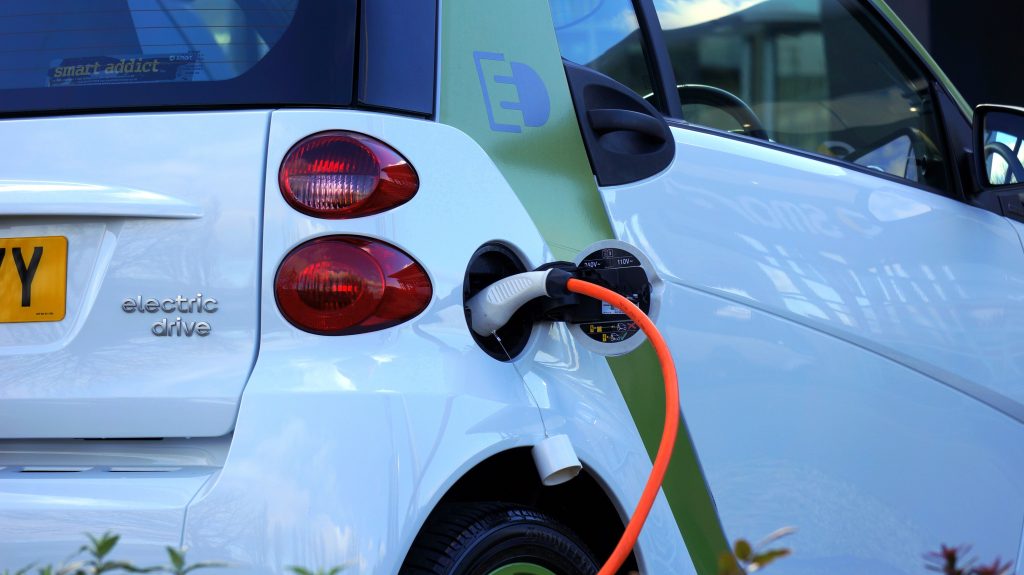Last updated on March 21st, 2018
Carbon dioxide has long been public enemy no. 1 for whistle-blowers of climate change. The gas is notorious as the most effective of all greenhouse gases. Its increasing concentrations in the atmosphere the world over pose a grave threat to human life as well as the surrounding ecosystems.
These increasing concentrations can be attributed in chief, to the heedless burning of fossil fuel. Efforts at reducing these emissions have produced splendid results and awareness of this pestilence is now widespread.
But what about all the CO2 that’s already there? What about all the CO2 that will undoubtedly be produced and released into the air for years to come? Many CO2-producing activities are crucial daily activities.
A radical new solution has got scientists in a tizzy everywhere. The solution lies in recycling this atmospheric CO2 into a handy liquid called methanol. Methanol, which is primarily used as a clean fuel, has a plethora of other uses. It is one of the primary ingredients of several important solvents, paints, plastics, and adhesives. Methanol also finds importance as an antifreeze, battery fluid as well as being used to “denature alcohol”.
Carbon dioxide is mixed with water to form a mixture known as “Syn-gas”. The syn-gas, a cocktail of water, carbon dioxide and carbon monoxide, is catalyzed under high pressure to produce methanol and other carbonaceous compounds.
This process is very financially demanding. It requires a high supply of CO2 and a great deal of energy. Plants of this kind, however, are no longer fiction and are operational in places like Iceland, Netherlands etc. One particular such facility, in Iceland’s South Peninsula region, uses carbon dioxide spewed by a nearby geothermal energy plant.
The above examples clearly bring to light the special circumstances that permit the operation of such a plant. Iceland is among the least expensive nations when it comes to cost of energy and the nearby energy plant accounts for their CO2 fuel.
Recently, a joint research by Stanford University and the Technical University of Denmark pointed out that using an alternative catalyst could make it possible for the process to be carried out under less demanding conditions. This new method also increases the yield of methanol while reducing the amount of harmful carbon monoxide produced.The scientists used a new Nickel-Gallium catalyst instead of the conventional one made from copper, aluminum, and zinc. The process was able to persist at low pressures, greatly reducing the demand for energy, and, by extension, the operating cost. The results were favorable enough to allow the scientists to dream of using the same process for synthesizing even more complex materials from the same two basic ingredients.
Another upcoming facility in Qatar aims at recycling 500 tonnes of CO2 per day. This is the rough equivalent of the annual CO2 emission of 32 million cars and would take 4.2 million trees ten years to recycle.
That carbon dioxide emission is one of the great malaise’s plaguing our society is indubitable. Efforts at treating atmospheric CO2 should be accorded equal gravity as those aimed at reducing the emissions. These recycling processes may just be the answer.

 Everyone knows about the
Everyone knows about the